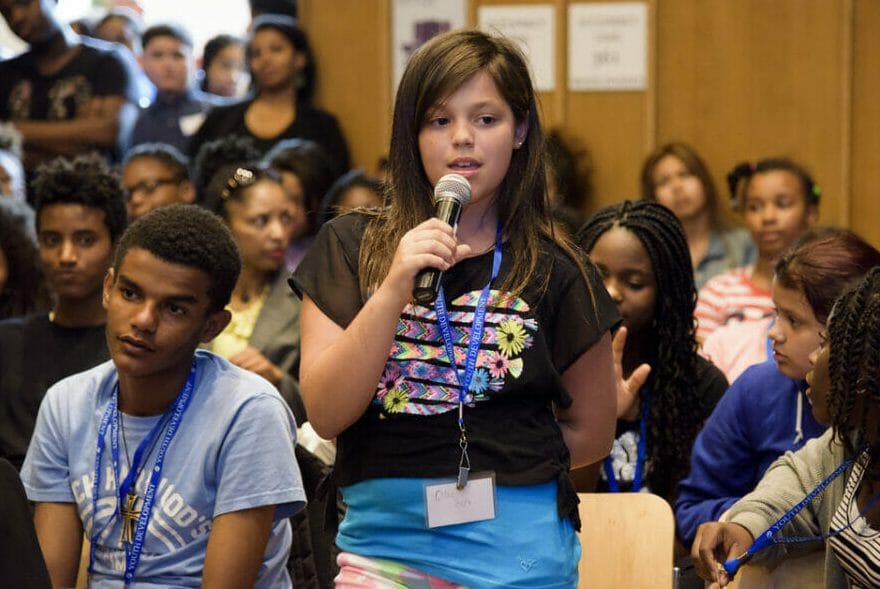What Causes Insecure Attachment Between Parents and Babies?
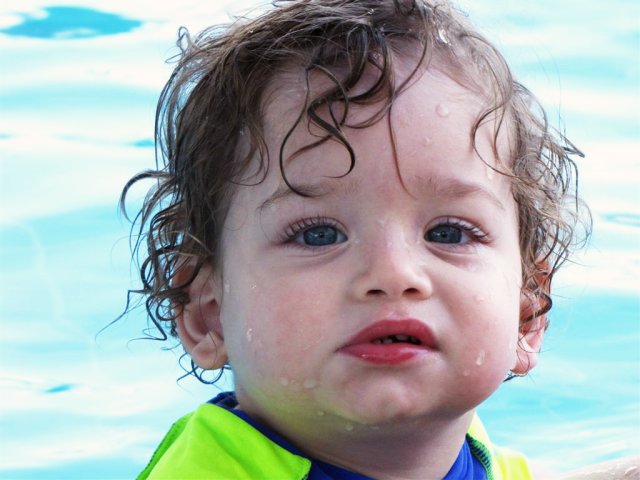
The attachment between babies and their parents in those first few years of life becomes the blue print for the child’s future relationships. Insecure attachment style happens when parents cannot give their child the feeling of security that he or she needs. Usually, this happens completely unintentionally.
There are several causes for insecure attachment. Here is a list of reason. Each of them on their own, or in combination can interfere with a healthy bond and secure attachment.
Separation from the primary caregiver – One of the main reasons for this separation is if the baby is sick. Premature or sick babies often stay intensive care, where their main caregiver cannot care for them. This can result in challenges in developing secure attachment. In other cases, sickness in the mother will prevent her from attending to her baby and can result in separation and insecure attachment. Other reasons may include divorce, death of the main caregiver or being given up for adoption.
Inconsistency by the primary caregiver – Having a consistent caregivers is essential to developing healthy and secure attachment. If a child changes caregivers often, either at home (e.g. nannies) or in day care, this may results in feeling insecure. This is one of the biggest reasons why we should aim for consistency in a child’s first year of development.
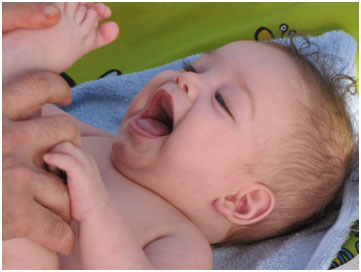
Inexperienced mothers can feel overwhelmed by their role and often do not have the skills or stamina to manage themselves and their baby’s arrival. This can project their insecurity on to their babies. This can happen if the mother is too young or if she is older and set in her ways and not fully ready for the parenting role.
Mothers experiencing depression often find it hard to connect with their babies. This can be due to an hormonal imbalance, isolation or lack of social support. There are many ways to overcome these challenges and prevent insecure attachment, including social support, assigning someone other than mom to provide consistent caregiving. Sometimes even short medical support can help make the depression period shorter.
Much like depression which makes it hard for the mother to manage her own feelings, addiction to alcohol or drugs can interfere with the mother’s ability to care for her baby.
Physical neglect is one of the most significant causes of insecure attachment – poor nutrition, insufficient exposure to light and fresh air, not attending to the child’s need for being clean and dry, lack of sleep and neglect of medical issues.
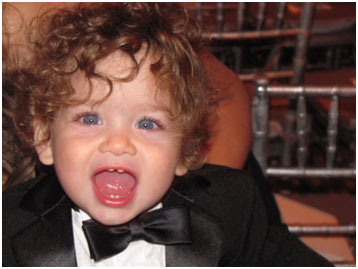
Emotional abuse results in insecure attachment . This is when the parent’s behavior creates fear in the child by diminishing their needs and feelings. The most common form of emotional abuse is verbal, where parents tell their kids they are “nothing”, “have no rights”, “are a pain” or “trouble”. When they mock the child and make fun of them.
In a similar way to emotional abuse, physical or sexual abuse results in the insecure attachment style. When the parent causes physical injury or violation, he/she becomes the source of the pain and not the one that “heals” the pain or makes it go away.
Trauma to the parent or the child can be the reason the child or the parent finds it hard to relate to the other. This can be due to illness of the mother, father or the baby or due to accidents that leave the caregivers helpless and not able to care for their babies.
To identify whether you and your baby have an insecure attachment style, it helps to reflect on the areas where you have problems or difficulties.
If you look back over the list of things that create insecure attachment, you will find that the majority of them are a result of challenges in the parent or caregiver’s circumstances. You will notice that they are not due to bad intention but lack of skills and abilities. All of which can be taught and developed (preferably before the baby arrives).
The best way to help children develop a healthy and secure attachment is to help their parents develop parenting skills and learn how to manage themselves so they can cope well when their babies arrive. This may not be able to overcome the attachment parents have with their own parents (which is their blue print for relationships), but it increases the chance that the cycle can be broken and this new baby can develop healthy a secure relationships. This will help us raise a society of more secure people who will raise secure children, who will one day become secure parents who raise secure kids, and so on and so forth. I hope you can see the cycle here.
Invest in the Future
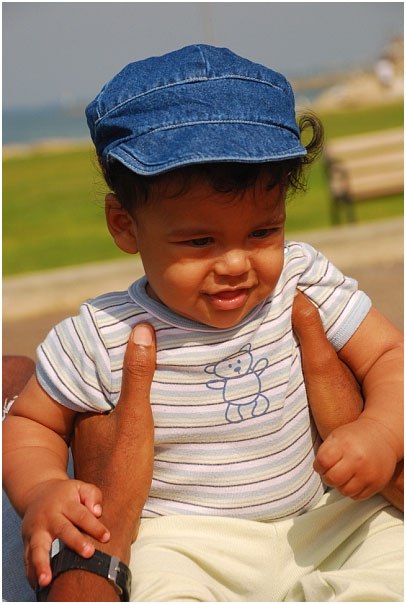
It occurred to me that hospitals and health services invest a fortune into preparing parents for something that will take 3-10 hours and depends greatly on the doctors’ skills and abilities. Somehow, nothing at all, not even a second, is dedicated to preparing parents for the critical parenting behaviors that will determine their kids’ future. Parents will go shopping and spend a fortune on accessories for the baby but learn very little about managing their own feelings and emotions. This allocation of funds absolutely amazes me.
I wonder sometimes when health services and government organizations will wake up and realize that investing in parenting skills and strong emotional intelligence for parents if just as important (if not more so) than education regarding pregnancy and delivery.
Many problems in children’s development are associated with the insecure attachment style. Researchers have found that children with ODD (Oppositional Defiant Disorder) and CD (Conduct Disorder) and PTSD (Post Traumatic Stress Disorder) display attachment difficulties due to neglect, abuse or trauma in the family.
If people were smart enough to do the math, they could easily calculate the return on investing in teaching parenting skills before the first baby is born. Less depression for mothers, less parents abusing their children, less divorce, less health issues, less behavior problems and developmental delays, less crime, less mental instability, less of a burden on the health systems and government funding. Seems like a worthwhile investment.
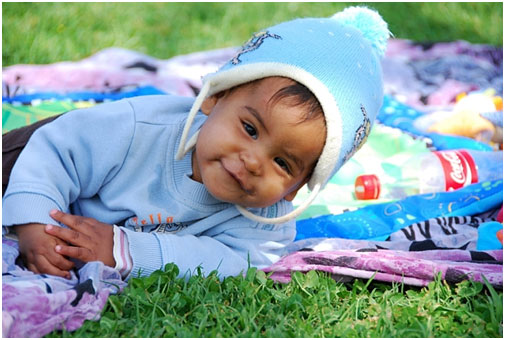
We study for more than 10 years of our lives to learn math and English. We need certificate and degrees. But not for parenting. There is no license to be parents. All those school courses and university subjects will help us write terrific essays, calculate and solve trigonometry problems but they will not help us develop a secure attachment with our children. If you want to raise a society of secure and successful people, we need to help their parents by investing in parenting education.
Join me in the next chapter for an explanation on how attachment in childhood affects our adult life.
Until next time, happy and secure parenting!
Ronit
This post is part of the series Attachment Theory:
- Attachment Theory: Main Characteristics of Attachment
- Attachment Theory: Four Attachment Styles
- Attachment Theory: Insecure Attachment Style
- Attachment Theory: Secure and Insecure Attachment in Adult Life
- Attachment Theory: Secure and Insecure Attachment in Teenagers
- Attachment Theory: Attachment Styles in Relationships and Marriages









